Want a more effective yoga practice? Use compensation properly
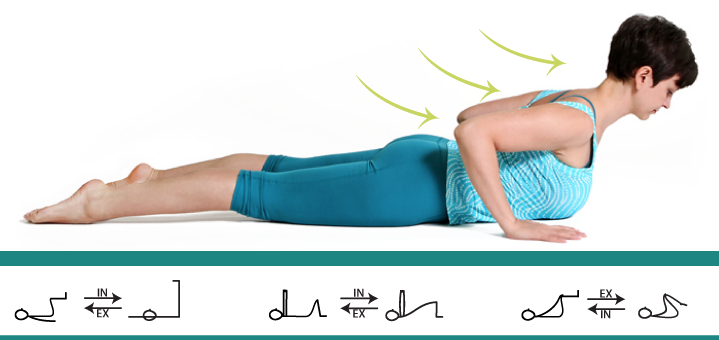
You know how after some yoga classes, you feel more balanced and centered, and after others, you feel more disjointed and discombobulated? There are many factors that affect the outcome of yoga practice, but one of the most important ones is the idea of pratikriya, or counteracting. In the course of the practice, we always challenge the body (by taking the spine and joints through a wide range of motion), the breath (by deepening it, controlling it, and working with it in other ways), and the mind (by focusing the attention, overcoming resistance, and so on). The challenge is great, but we also need to take steps to return the body, breath, and mind to a state of balance. This is where the idea of compensation comes in.
When it comes to the asana part of the practice, compensation might seem straightforward – if you bend one way to do a difficult posture, afterward bend another way, and you’ll be done. This makes sense, but it is a bit more complex than that (isn’t it always? ☺).
Here are some suggestions on how to do compensation throughout the practice.
1. Use universal neutralizers.
In the viniyoga tradition, we call forward bends “the hub of the wheel,” with back bends, lateral bends, and twists forming the spokes of the wheel. This means that forward bends serve as universal neutralizers for all other directional movements of the spine. Extension poses play the same role, helping the spine return to the neutral position. If we want to have a balanced practice, we would include multiple forward bends and axial extension postures throughout to help balance out other more challenging spinal movements.
We have to remember, though, that not all forward bends and axial extension postures work equally well here. For example, many teachers use Downward-facing dog throughout the practice as a neutralizing and “resting” pose. From the perspective of the directional movement of the spine, it would be a good compensation option, but it also places significant stress on the shoulders, neck, lower back, and legs (depending on the student’s ability), which makes it a poor choice for compensation on many occasions. A compensation posture should relieve tension, not create it. That is why using other axial extension postures makes more sense. (Comparison of twists and forward bends as compensation postures)
2. Move from deep to not so deep.
One of the quotes that I absolutely love is from Mary McInnis Meyer (yoga teacher and a former automotive engineer). “Bend it all the way one way, then all the way the other way, repeat . . . this is how you test structural products to simulate the most extreme conditions to make them break,” she says. Since we have no interest in doing that to our spines, the compensation for a challenging posture should not be as challenging. (Read more about it)
3. Move from complex to simple.
In a similar way, if you give detailed instructions and spend a lot of time and effort getting students into a particular complex posture, the pose that comes next should be much simpler to give their bodies and minds a break.
4. Compensate specific areas of accumulated stress.
Different poses challenge different parts of the body, so we need to pick compensation poses that address the accumulated tension in the specific areas that were stressed. For example, if a pose was a challenge for the lower back, we would need to do a compensation pose that releases accumulated tension in the lower back. The interesting thing is that the choice of posture will not be the same in every instance and for every student. Take a look at this example:
So when you make a decision on which compensation pose to choose, it might be useful to answer the following questions first and start there:
- In private yoga sessions – What is more important to an individual student, knowing their history and challenges?
- In a class format – What would most students benefit from?
- In your own practice – Which area feels the most vulnerable today?
In reality, a lot of thinking goes into deciding how to compensate for specific poses throughout the practice and bring the body to a state of balance, but the rewards are obvious as well. Proper compensation minimizes the risk of injury, helps develop the body in a more balanced way, ensures gradual, steady progress, and helps students feel more balanced and stable at the end of the practice.
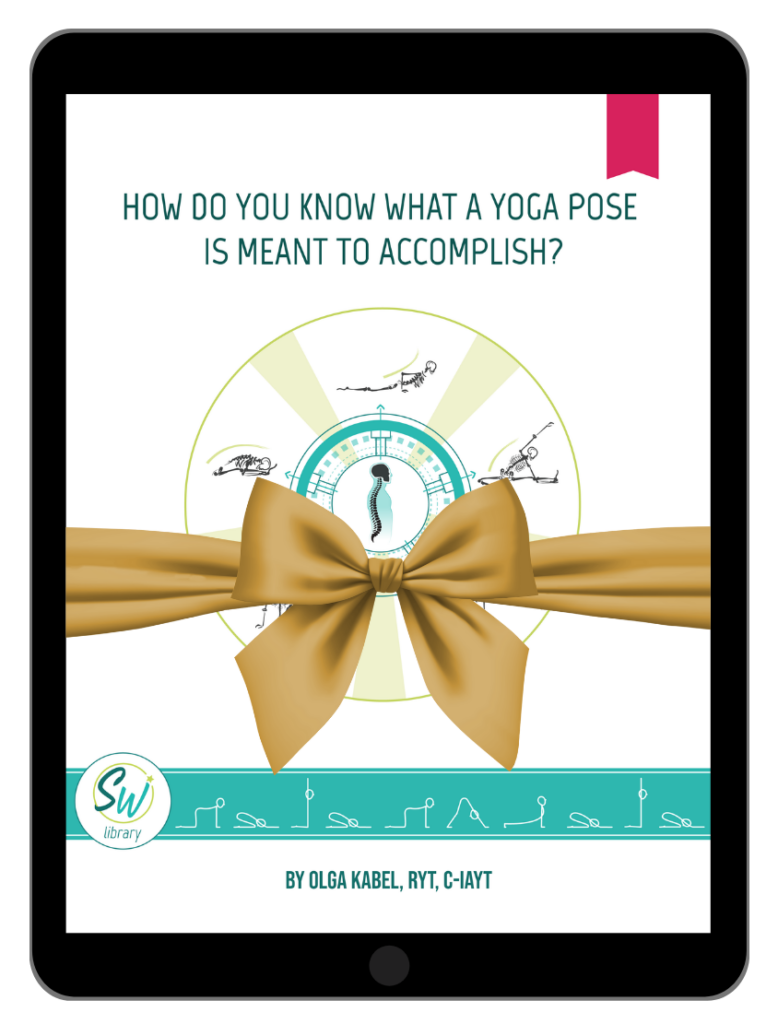
Do you want to know more about the directional movements of the spine and how they determine the intention behind each yoga pose? Sign up for Sequence Wiz membership and get a free e-book, How Do You Know What a Yoga Pose is Meant to Accomplish? as a gift!

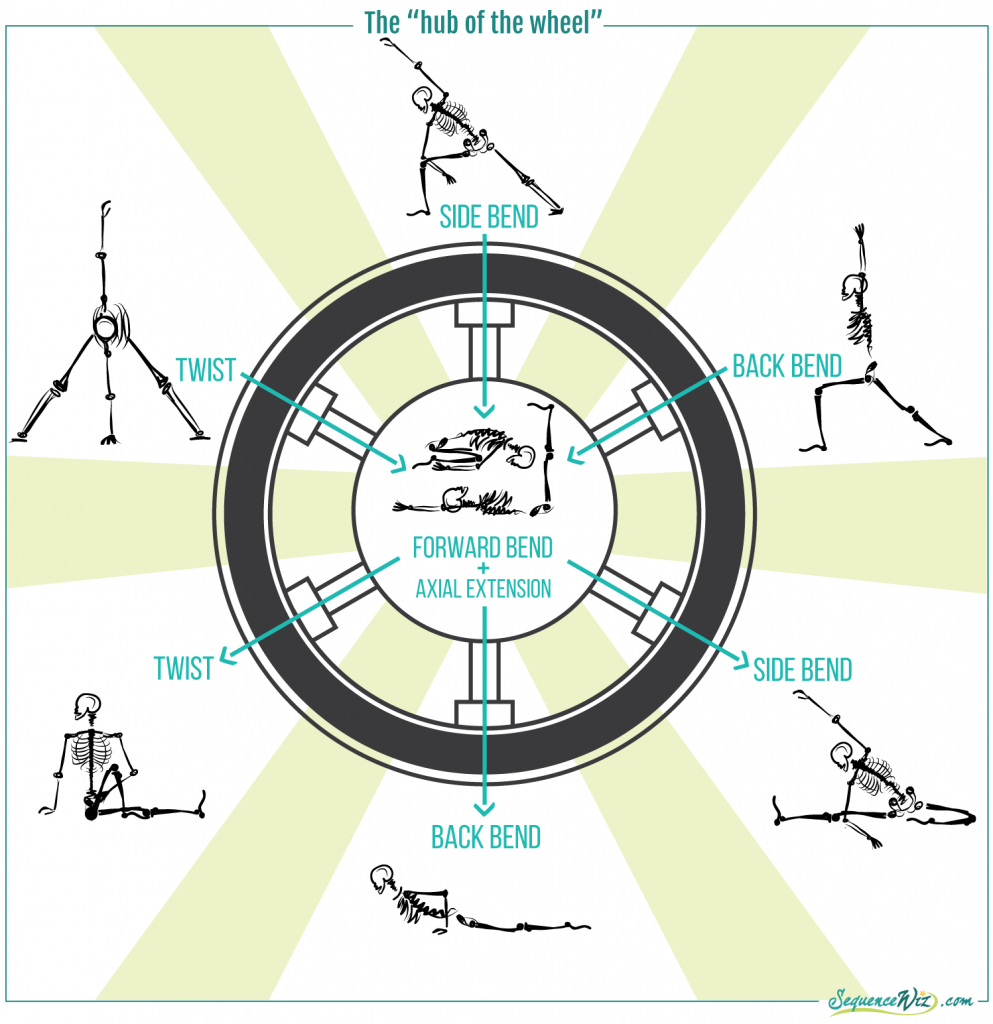
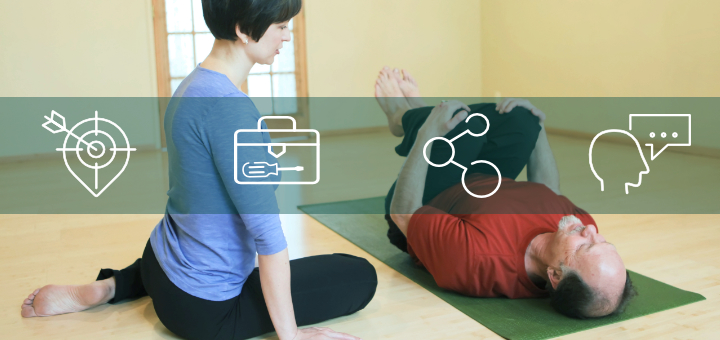
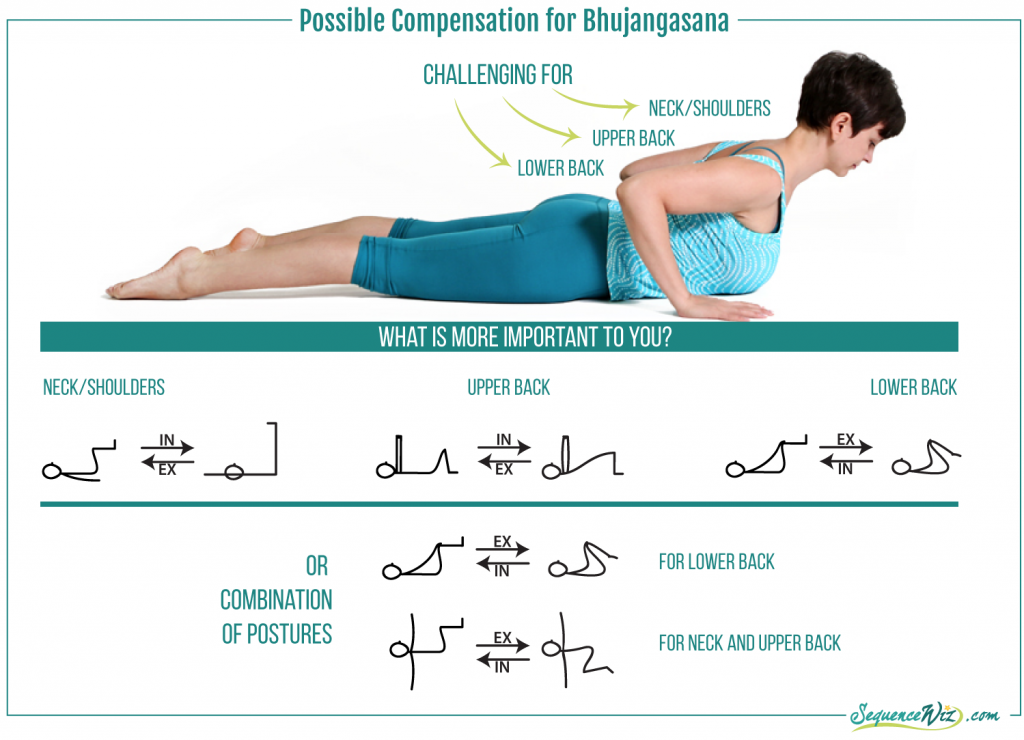



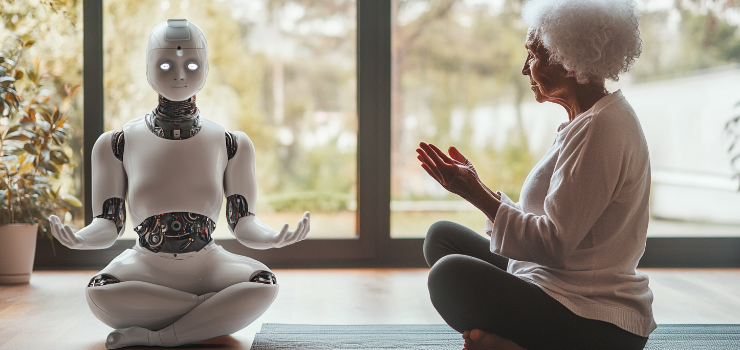

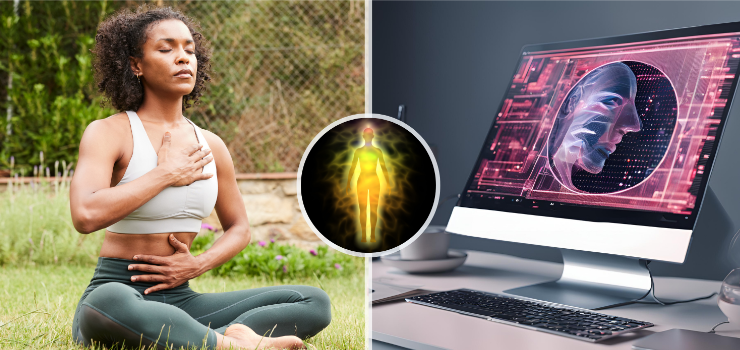
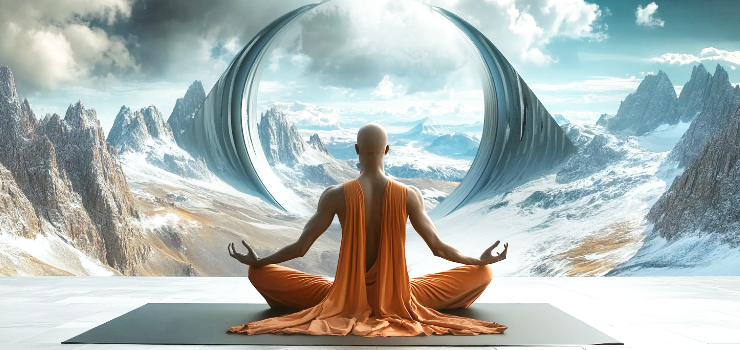
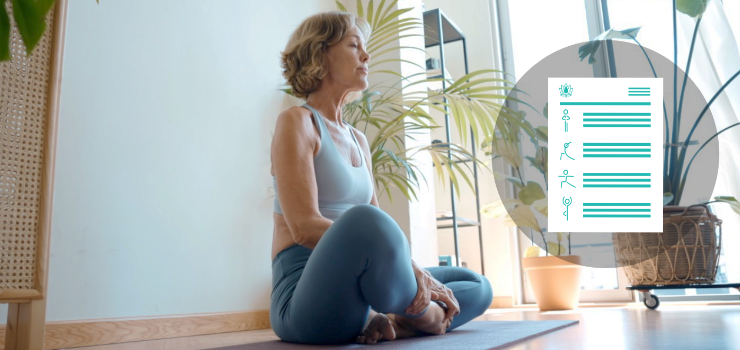
Thank you so much, Olga, for this very informative and enlightening post. My YTT teacher recommended doing at least one “neutralizing” posture (as she called it) right before Savasana. A perfect example is Apanasana, with the belly relaxed and inactive legs. I realize now that this is actually is a compensation pose that releases accumulated tension in the spine, most muscles, and diaphragm.
I’m so grateful for you and your wonderful and very meaningful site. Namaste.
Thank you Janis. Exactly! Apanasana is a great neutralizer; one can use it safely at different points of the practice.
Thank you for sharing your knowledge. I enjoyed reading this post and learnt about the importance of counterposes. It makes sense. I am grateful for your generosity and will continue to read your articles. Wishing you all the best. Warmly, Anna
Thank you Anna!
Thank you so much for this article! Many current 200-hour teacher trainings do not address the intricacies of sequencing, and the importance of appropriate counter poses. I hope this is shared far and wide!
Happy to help Kathy and sorry to hear that your current teacher training doesn’t cover this. I think that intelligent sequencing is one of the most important components of a yoga practice (but you probably already guessed that based on the name of my site 🙂 )
I’m replying late, but I’ve only just read this………… This boggles my mind. I don’t understand how any teacher training doesn’t cover the importance of intelligent sequencing. Just goes to show that not all teacher training programs are created equal and it’s vital that the trainee research to find the best program. But often trainees have no idea what to look for. As a teacher who is often asked about TT recommendations, I encourage potential students to put as much effort into researching programs as they would into the training itself.
Interesting to note, according to Judith Hanson Laster, PH.D and PT and experienced yoga teacher. Side bends have rotation. So for instance Triangle is lateral flexion with spinal rotation. Same with Side Angle, Standing Side bend, Etc… Also I find twist neutralizing After a backbend focused or forward bend focused theme class. 🙂